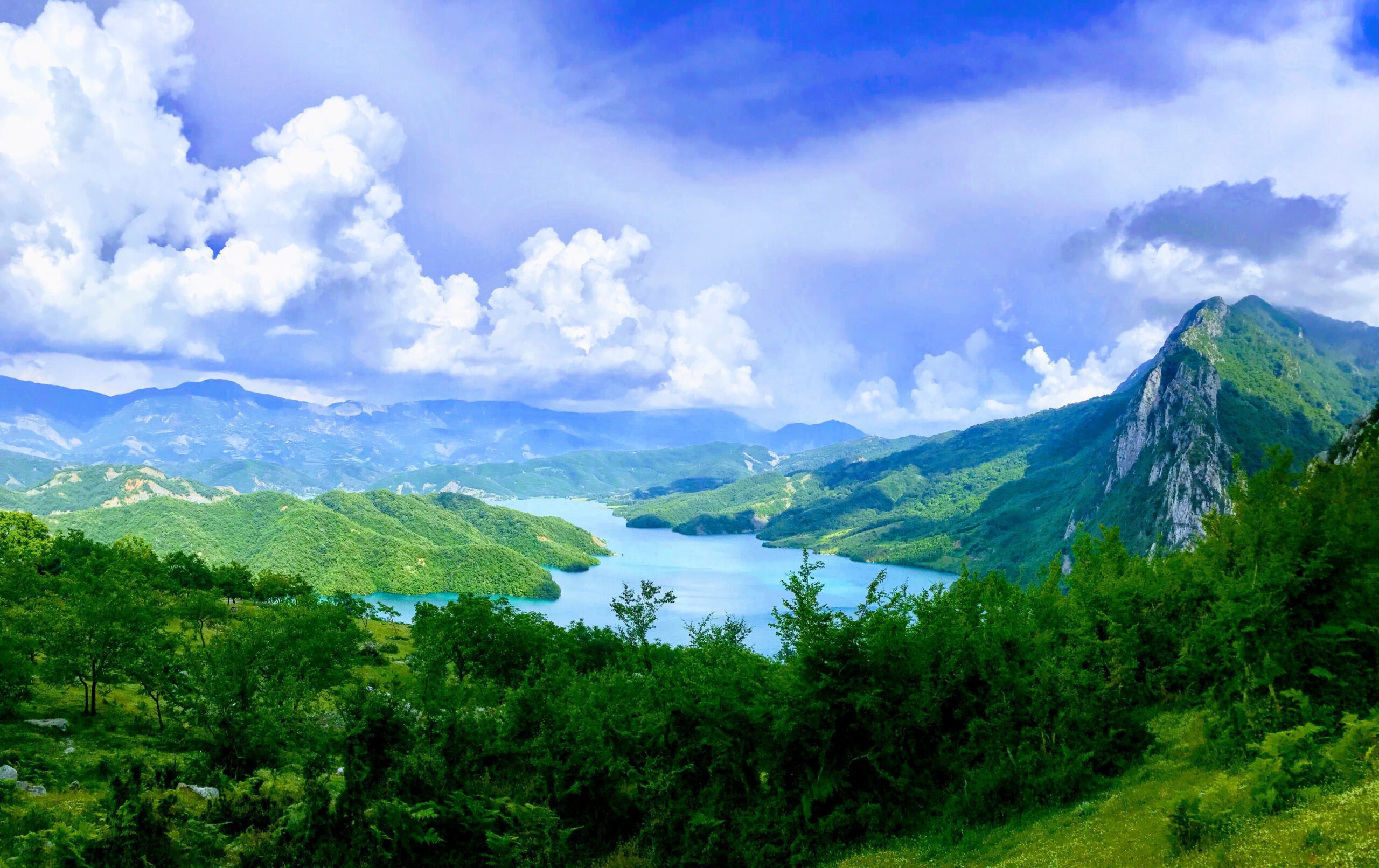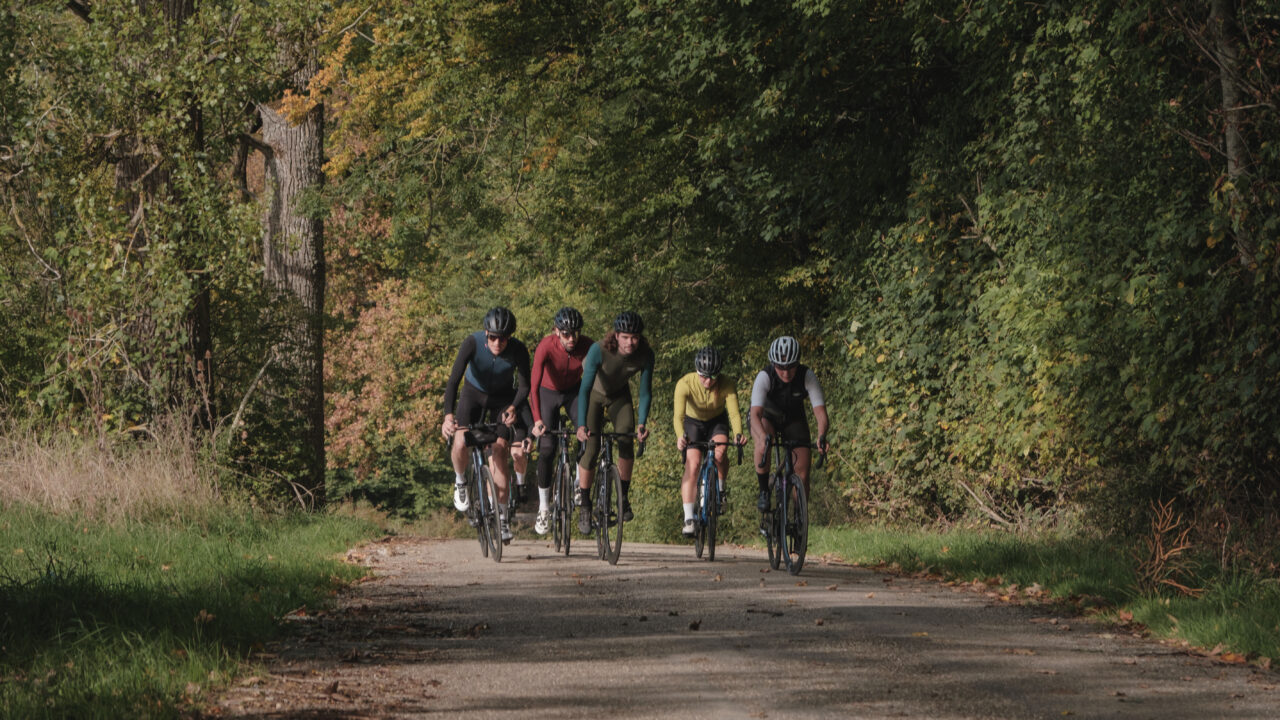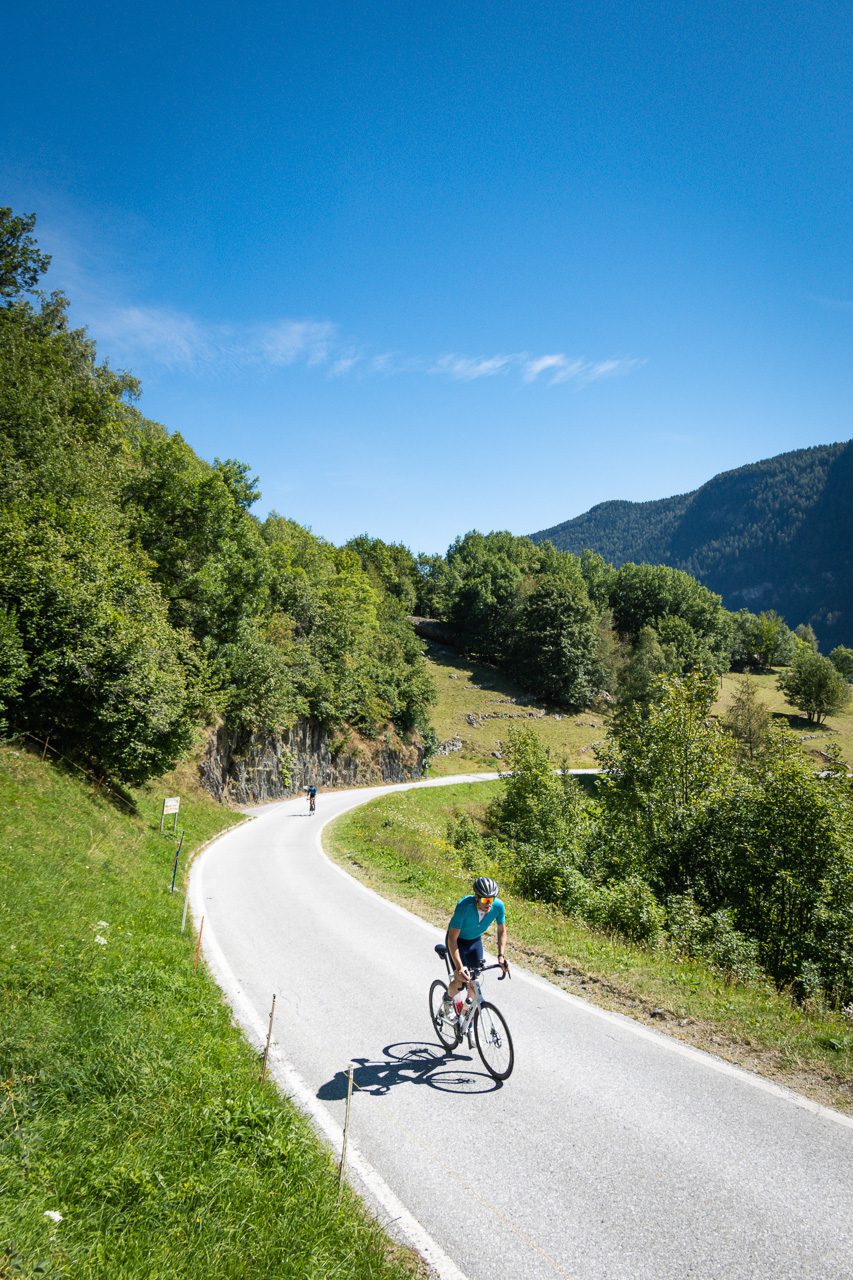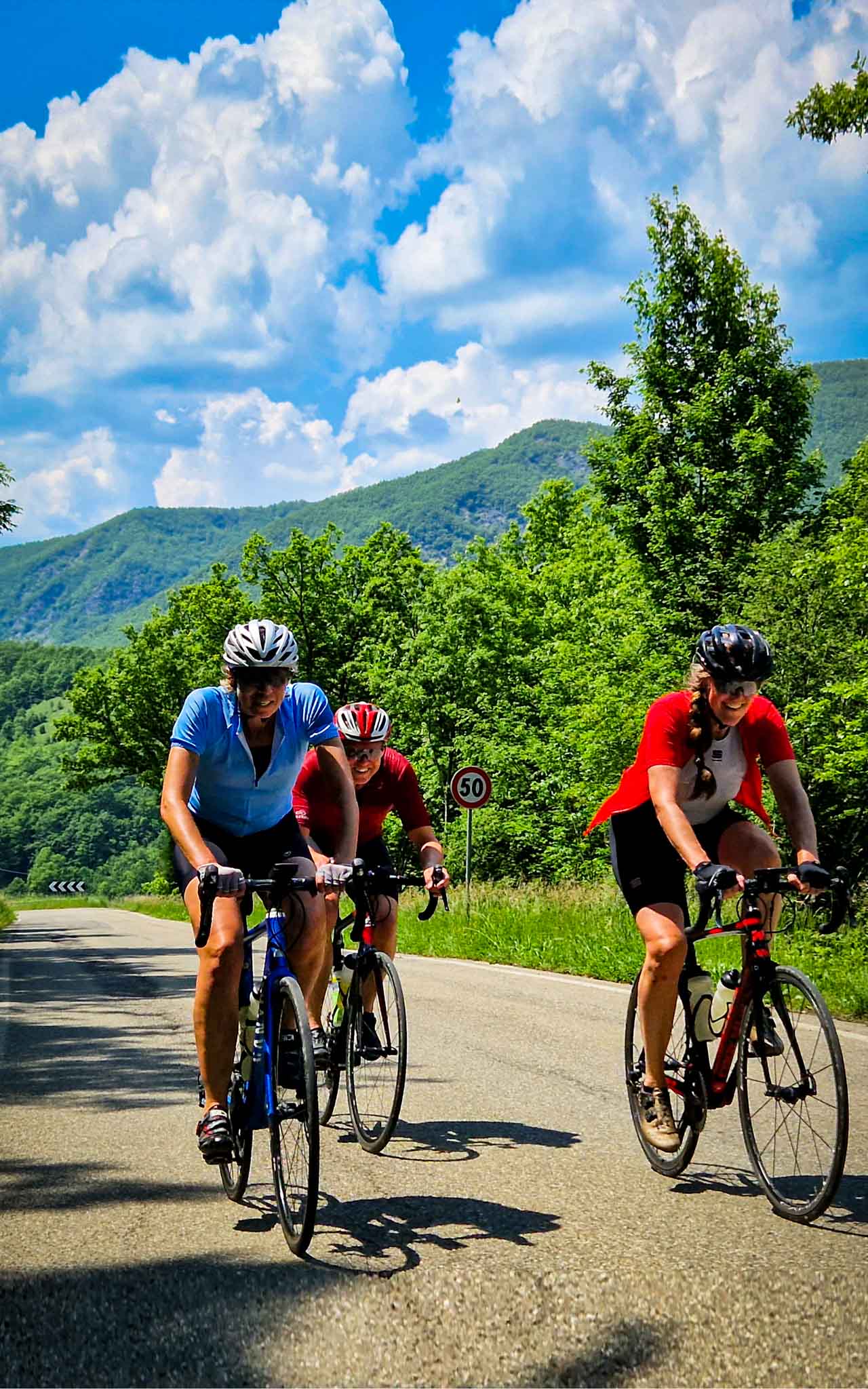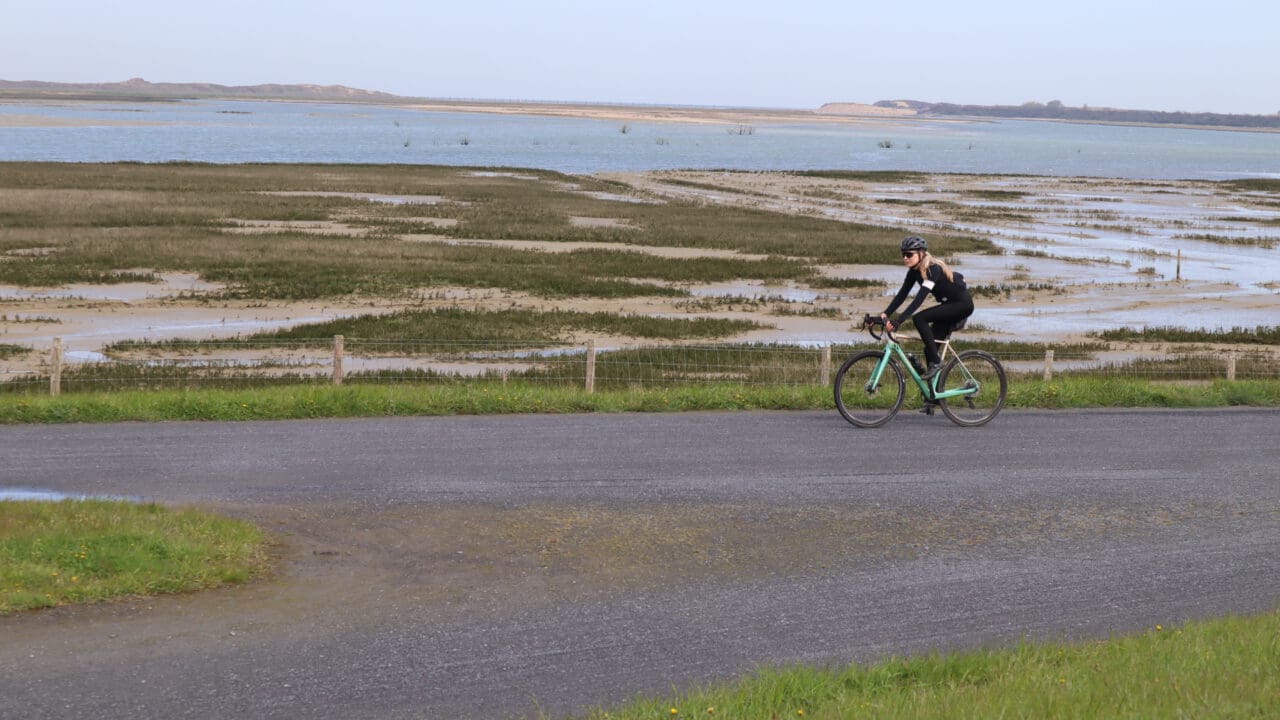Want to bikepack in a country where you will be amazed time and again by the changing landscapes? From green mountain ranges to desert landscapes, and from coastal areas to arid plateaus? In Spain you have it all. So why visit just one destination in Spain? A bikepacking trip will take you to places you wouldn't normally go. It gives you the chance to discover the real Spain and get to the most beautiful places. In this article, we share four bikepacking routes in Spain that showcase the country's unprecedented diversity.
1. Badlands: 750 kilometres through desert terrain
Badlands is an extreme bikepacking race in southern Spain, set in the remote badlands of Andalusia takes place. The route covers about 750 km, with more than 15,000 altimeters, and runs among others through the Tabernas desert and the mountainous region of the Sierra Nevada. You climb Europe's highest col (Pico Veleta), but you also cycle along the coastal area near Alméria. During the race it is usually very hot, which makes it even harder for participants. Fortunately, you can also cycle this route very well as a bikepacking trip!
2. The Silver Route: 1,000 kilometres of cycling along Roman trade routes
The Silver Road was originally a Roman trade route from Seville to Gijón in the northn, right through the interior of Spain. There is both a paved variant, and an unpaved variant of the route, allowing you to ride it on gravel bikes or road bikes. The Silver Route is longer than the Badlands route mentioned above, but less technically challenging and the route has a lot less altimeters; around 8,000 to 10,000, depending on the exact route you choose. You cycle through beautiful Historic cities, such as Cáceres, where time seems to have stood still. Cross the arid plains of Extremadura, and end in the green hills of Asturias.
This route is very similar to the pilgrimage route from Seville to Camino de Santiago. The route runs much the same, but ends in pilgrim city Santiago de Compostela, in Galicia. From León separate the routes from each other.
3. Montañas Vacías: 680 kilometres through 'Spanish Lapland'
The Montañas Vacías route is a challenging bikepacking route through 'Spanish Lapland'; referring to the Serranía Celtibérica, a vast and sparsely populated area in Spain spread across 10 provinces, including Teruel, Guadalajara and Cuenca. This area is so sparsely populated that it can be compared to areas in the Scottish Highlands or Lapland in terms of population.
The route has a length of 680 km and contains more than 12,000 metres of elevation change. It crosses remote areas such as the Montes Universales and Sierra de Gúdar, and contains mostly gravel. The route starts and ends in Teruel, where the scenery is immediately very impressive. Shorter versions of the route are also available, so you can choose routes between 150 and 700 kilometres.
Read all about the Montañas here Vacías route on the official website.

4. Altravesur: traverse authentic southern Spain in 1340 kilometres
The Altravesur bikepacking route shows you beautiful, authentic southern Spain. The route starts in Cadiz, then traverses several beautiful natural parks such as Los Alcornocales Nature Park, Sierra de Grazalema, Sierra Nevada and Parque Natural de las Sierras de Cazorla - to name but a few. The route ends after 1340 kilometres and 33,528 altimeters in the lively city of Valencia on the east coast. Take your time with this route; the Altravesur consists of gravel for 85% and requires a good dose of perseverance and fitness. But then you will get to insanely beautiful places!
Read all about the Altravesur route on the official website here.
Tips for your bikepacking adventure in Spain:
- Choose the region that suits you best. The north is greener, but also wetter. In the south, you will find more dry desert landscapes, but it can be very hot there in the summer months.
- Pay attention to the climate; Spain has a wide variety of climates and extreme temperatures. For instance, in higher mountain ranges like the Sierra Nevada - through which several routes pass - it can be very hot, but also very cold. In autumn and spring, you'll usually be fine.
- Opting for a route in unspoilt areas? Then before you set off, check where water points are. You won't always come across villages and smaller supermarkets are usually closed during siesta time.
- Bring plenty of food, but also remember that eating in restaurants is very cheap in Spain. Saves on packing again!
- Wild camping is forbidden in natural parks, on beaches or within 1 km of villages or towns. In some places, however, it is tolerated or permitted. Check carefully beforehand. Fortunately, campsites - especially inland - are often quite affordable.
